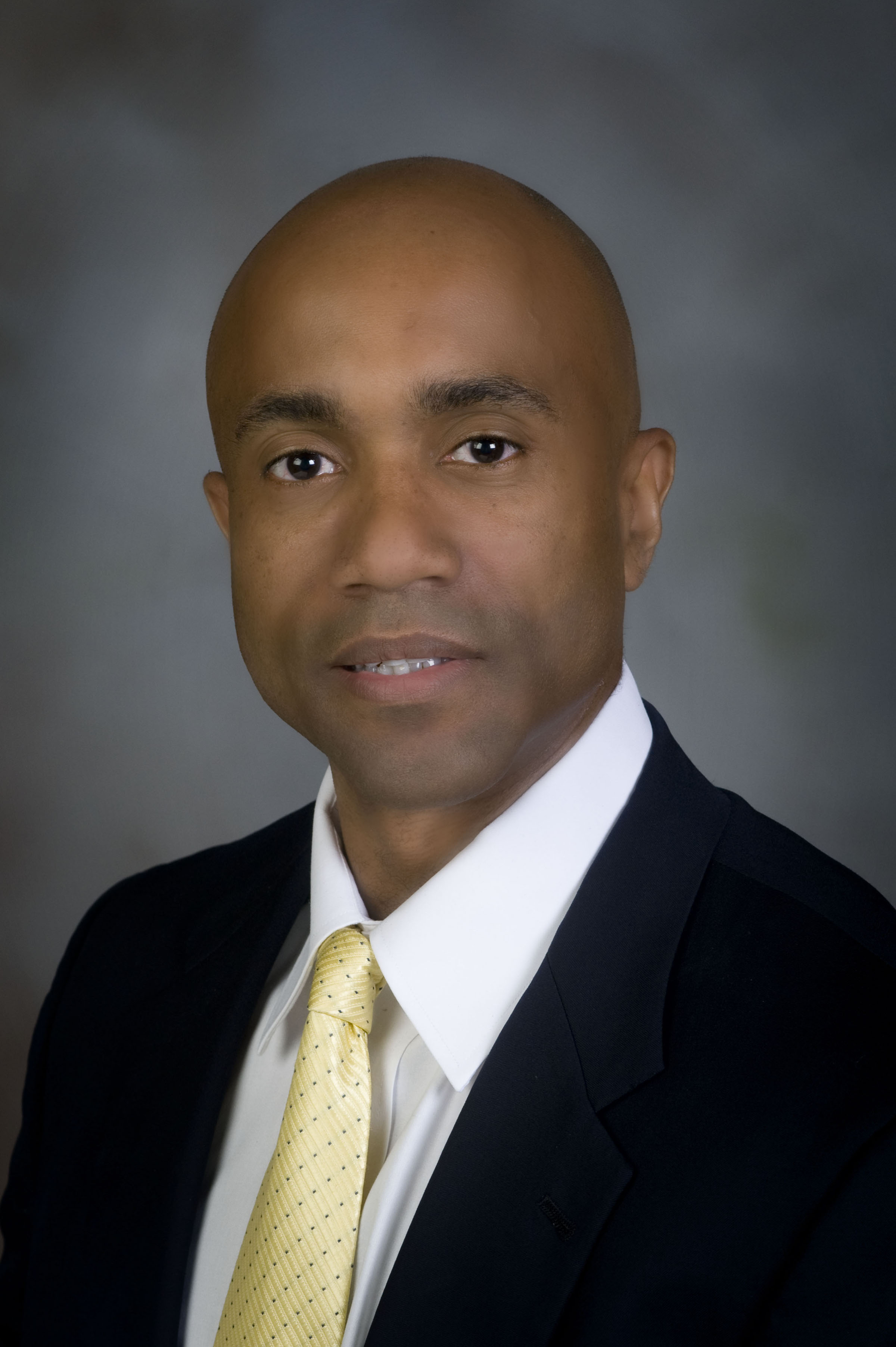James Martin to head up federal study of East Coast earthquake

James R. Martin II, a renowned expert on earthquakes, at the College of Engineering at Virginia Tech, was tasked Aug. 26 with leading an investigative team of U.S. scientists and engineers to document after-effects of the Aug. 23 East Coast earthquake centered near Mineral, Va.
His investigation team had to move fast to take samples, create maps, and photograph regional damage to subsurface and infrastructure locations. Hurricane Irene made landfall Aug. 27.
The Aug. 23 earthquake measured 5.8 on the Richter magnitude scale. It was felt across not only Virginia, but as far south as Georgia and as far north as New Hampshire, according to a myriad of news reports and social media status updates. Structural damage was relatively light.
“The most pressing issue has been collecting perishable data ahead of Hurricane Irene,” Martin said on Aug. 30, a week after the earthquake rattled the East Coast and three days after Hurricane Irene soaked it with flooding rains, followed up by high winds. “In this effort, we have successfully leveraged many geotechnical engineering firms and relevant contacts throughout the region.”
A professor of civil and environmental engineering at Virginia Tech, Martin’s team is comprised of members of the Geotechnical Extreme Events Reconnaissance Association. It is coordinating investigation efforts with key agencies and organizations such as the Earthquake Engineering Research Institute, U.S. Geographical Survey, Virginia’s state geological survey, and the Departments of Transportation in Virginia, Maryland, and Washington, D.C., among others.
“We feel we documented the most important findings, although minor features that may have been present along some rivers and stream may have been lost due to heavy rains and subsequent rises in rivers and streams,” he said.
Martin was asked last week by the National Science Foundation to coordinate the investigation of the earthquake’s geotechnical impacts. Efforts included a myriad of tools and methods: Field observations, detailed mapping, and surveying of damaged areas, among others.
“Beyond technical findings, the event can also teach us much about the need for greater preparedness for and better awareness of eastern U.S. earthquake hazards,” he said.
Damage from the Aug. 23 event was relatively light. Two Washington, D.C., landmarks suffered some effects: The George Washington Monument and the National Cathedral. Martin said additional damage reports came in from as far away as New York City, some 320 north on Interstate 95 from Mineral, Va. The earthquake also triggered the shutdown of the nuclear reactors at the North Anna Power Plant located near the epicenter, in Louisa County, Va.
“While significant geotechnical failures are not anticipated, it is nonetheless important to carefully document regional performance,” Martin said. “Particular focus is upon river and stream deposits typically the most vulnerable, waterfront structures, bridges, dams and embankments, earth-retaining systems, monuments and institutions that were damaged, and critical facilities such as major airports and the power plant. It will also be important to study how soil and geologic conditions may have influenced selective damage patterns in the epicentral region and more distant locations such as Washington, D.C., and New York.”
Work to collect evidence from the earthquake is continuing post-Hurricane Irene. Martin and his team have an open budget for now, with focus on preparing a preliminary report for the National Science Foundation within two or so weeks. A more detail report will follow in the next few months. After field investigations are complete, observations, findings and images will be posted on the Geotechnical Extreme Events Reconnaissance Association website, with photo links visible via Google Earth.
Martin also is anticipating funds from the National Science Foundation’s RAPID Response Research program, designed to provide money for scientists and researchers to immediate situations such as the Gulf Coast oil spill from spring 2010.
Martin also is director of the World Institute for Disaster Risk Management at Virginia Tech. He has performed field detailed studies of major earthquake events in San Francisco in 1989, North Ridge in 1994, Nisqually in 2001, and in Kocaeli, Turkey, in 1999. He also has heavily studied the Tohoku earthquake that devastated Japan in March 2011.
He has focused the better part of his career on better understanding seismic threats in the central and eastern Unites States, including a disastrous earthquake that struck Charleston, S.C., in 1886. “This work showed that earthquakes in those regions have occurred many times in the geologic past,” he said.
Martin’s work in the field of earthquake studies has won him the American Society of Civil Engineer’s Norman Medal. He earned a bachelor’s degree from The Citadel in 1985, and a master’s degree and a doctoral degree in 1987 and 1990, respectively, from Virginia Tech, all in civil and environmental engineering.




